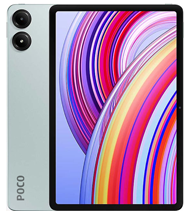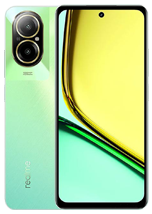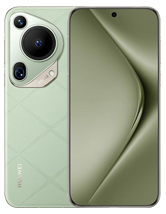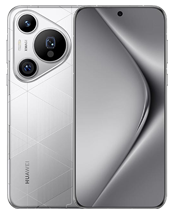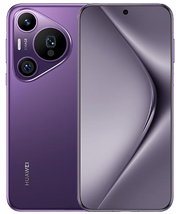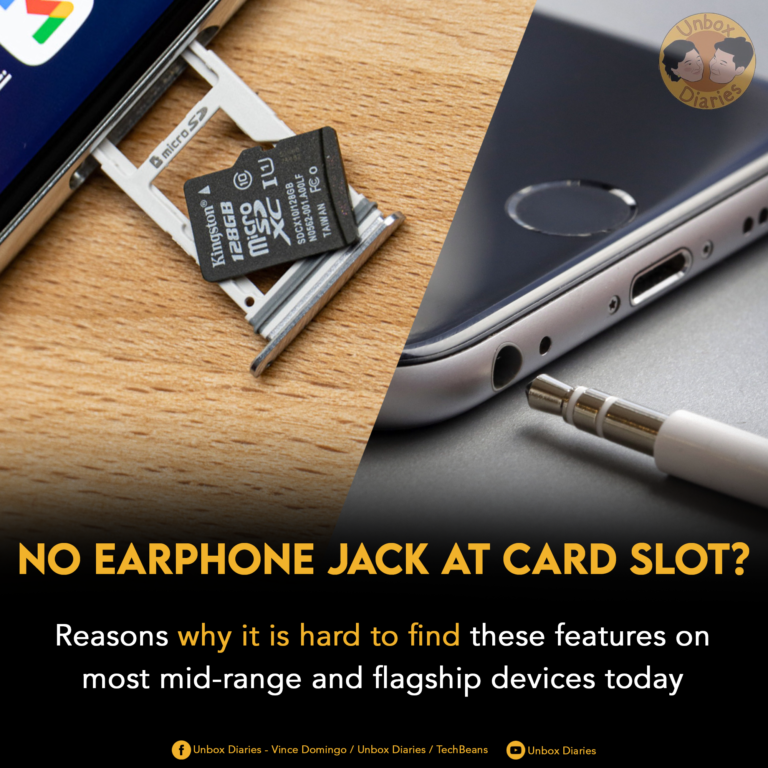Not everyone owns wireless earbuds nowadays, and you can’t beat the plug-and-play abilities of a classic 3.5mm headphone jack. And what about the removal of the trustee memory card slot? What’s the fuss all about? But why these features are getting harder to find in mid-range and flagship smartphones today?
The removal of the conventional 3.5mm headphone jack and memory card slot from smartphones has become a noticeable trend among smartphone manufacturers over the past few years.
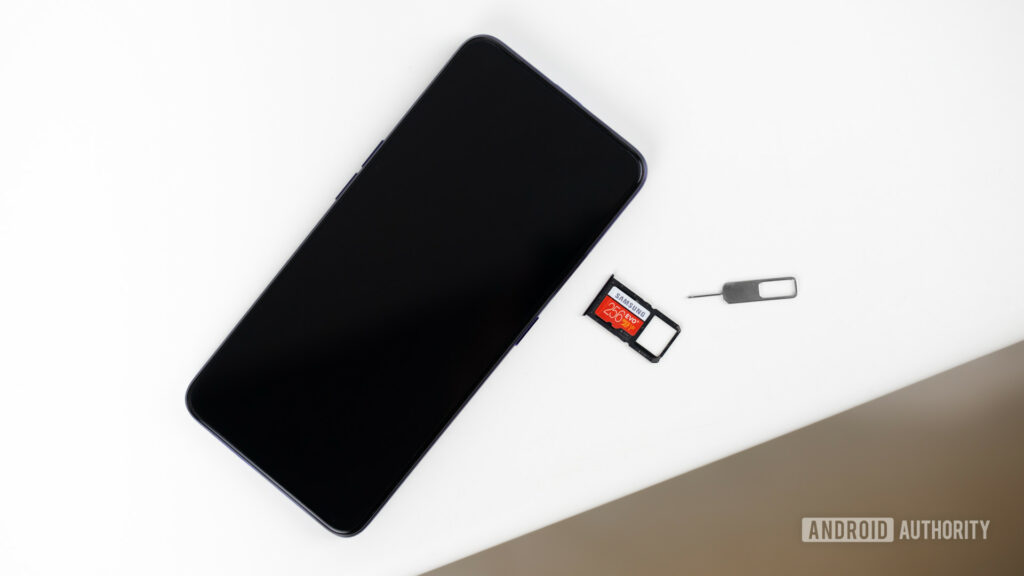
Consumers’ reactions to this have been conflicted; some have welcomed the change, while others have been miffed by what they perceive to be a functional gap. We’ll examine the motivations for these choices and any potential ramifications for users in this article.
The need to conserve space inside the product has been one of the main justifications given by manufacturers for getting rid of the headphone jack. But that’s not always true, flagships from Sony, LG, and others have managed to fit in a headphone jack, so we believe that’s just marketing.

Smartphones have required more and more internal components to fit into a constrained amount of physical space as they have grown more complicated and feature-rich. Manufacturers can save money by eliminating the headphone jack and using the extra room for other parts like bigger batteries, better cameras, or more sensors.
The absence of the headphone jack not only frees up space but also enables manufacturers to increase the water resistance of their products. Water can easily enter a device through the traditional headphone jack, harming internal parts.
Manufacturers can more effectively seal the phone against water damage by removing the jack, making it more resistant to water damage. Users who frequently use their phones near water, such as at the beach or a swimming pool, should take this into account.
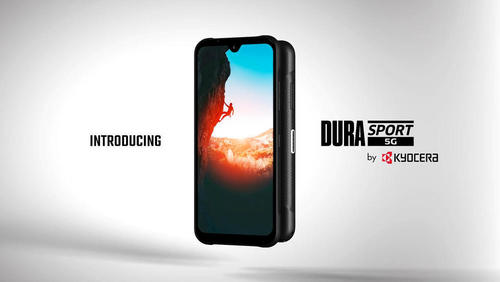
Again, this is not entirely true since many manufacturers have managed to maintain water and dust resistance while still maintaining the presence of ol’ 3.5mm jack.
The popularity of wireless headphones is another factor that contributed to the elimination of the headphone jack. Wireless headphones are a practical substitute for conventional wired headphones as a result of advancements in technology that have increased their dependability and reduced their price.
In fact, a lot of smartphone producers now sell wireless earbuds separately or include them with their products. Manufacturers are enticing customers to switch to wireless headphones, which provide more convenience and a more seamless user experience, by doing away with the headphone jack.
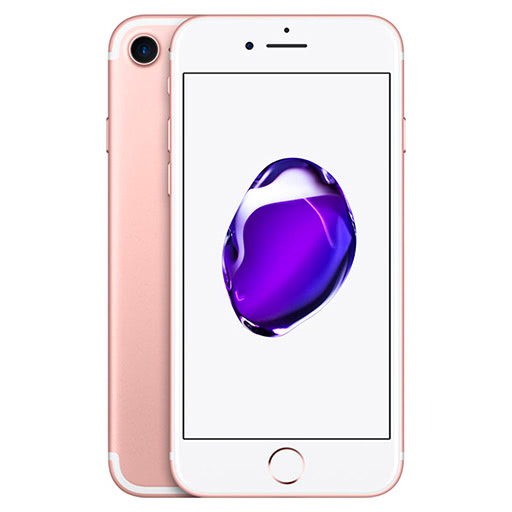
Apple started the fad way back then, and the more plausible reason behind it is to gain more profit by presenting an artificial problem and providing a solution: the AirPods.
Manufacturers have also claimed that the removal of the memory card slot was necessary to save space. Some contend that the need for expandable storage is waning as internal storage capacities rise.
This claim, however, is not without debate, as many users would rather have the option of adding more storage to their devices. Users are limited to using internal storage if there is no memory card slot, which can be problematic for people who frequently take photos or videos or who have sizable music or video collections.
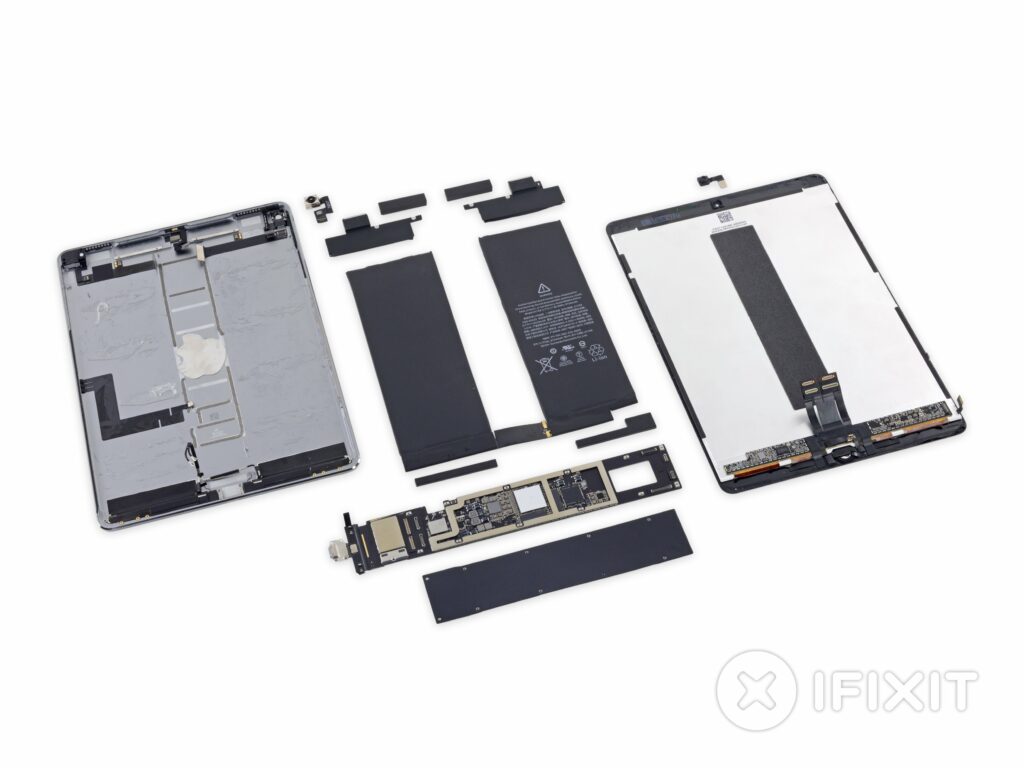
Does a teeny-tiny memory card take that much space? Case in point: the new 10th Gen iPad has a whole shebang of space left in its chassis, and it doesn’t have a memory card slot.
To encourage the use of cloud storage, some manufacturers have also eliminated the memory card slot. Manufacturers can reduce the amount of internal storage needed for their devices, lowering the cost of production, by encouraging users to store their data in the cloud.
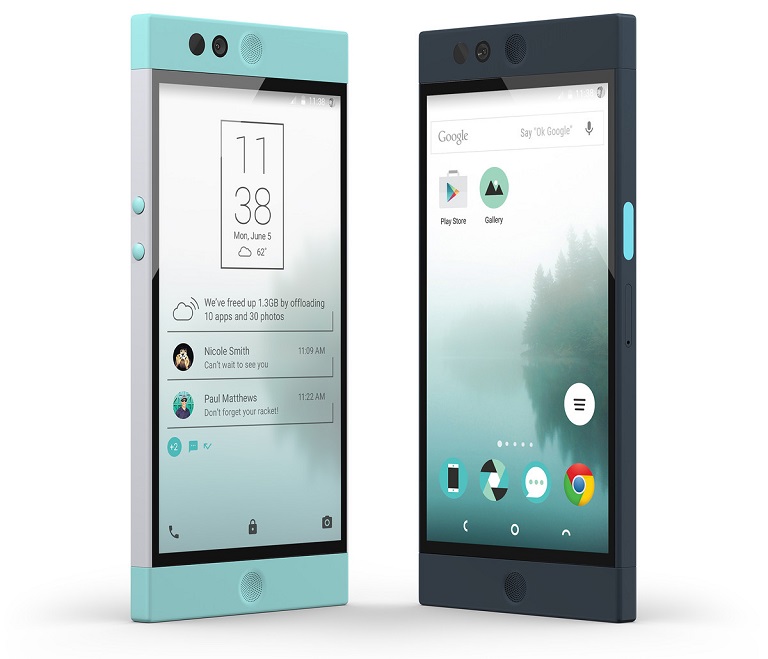
However, this strategy has a number of disadvantages of its own, such as issues with data privacy and the requirement for a strong internet connection. Cloud storage is a good idea, but some people are still skeptical of these services since they are worrying whether their files can be compromised by hackers, leaking their personal data all over the world. And many people just don’t want to pay for another feature that was included by default in a smartphone device two to three years ago.
In conclusion, the removal of the memory card slot and headphone jack from smartphones is a contentious issue that has generated a lot of discussion among consumers.
While there are definite advantages to doing away with these features, such as space savings and promoting the use of wireless headphones and cloud storage, there may also be disadvantages, such as fewer user options and decreased device functionality.
In the end, it is up to individual consumers to determine whether the advantages of a device without a memory card slot and a headphone jack outweigh the disadvantages and to select the model that best suits their needs.
But for us, we still prefer that the headphone jack and card slot makes a comeback to mid-range and flagship devices for good.

